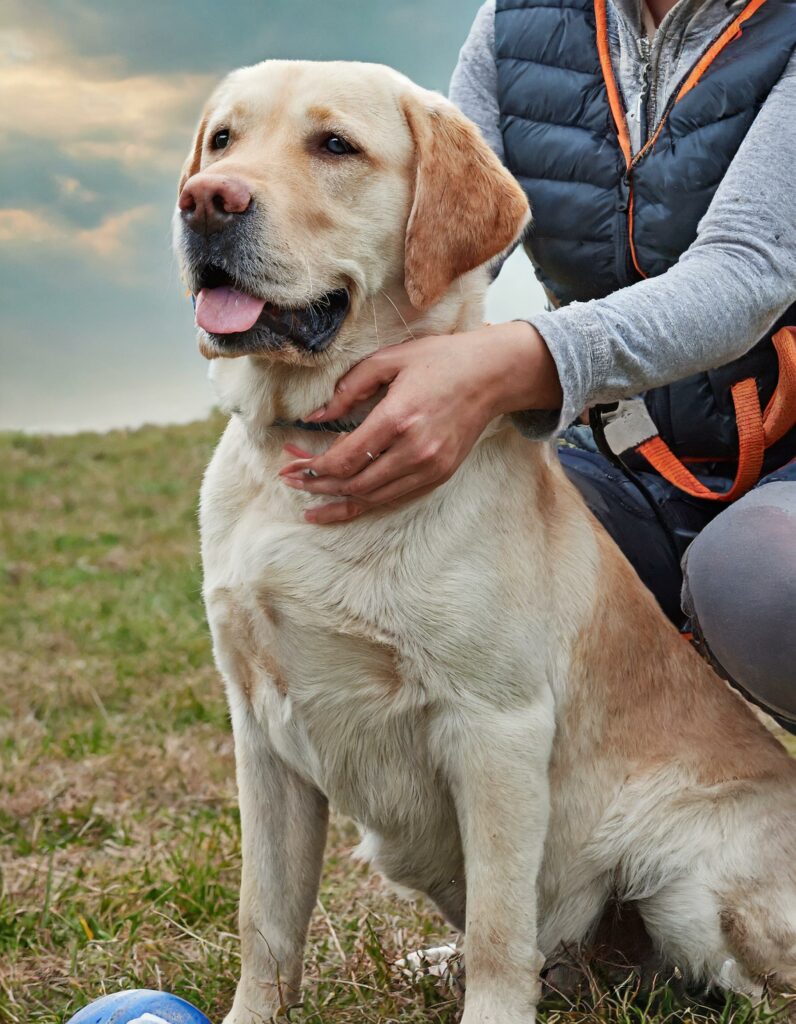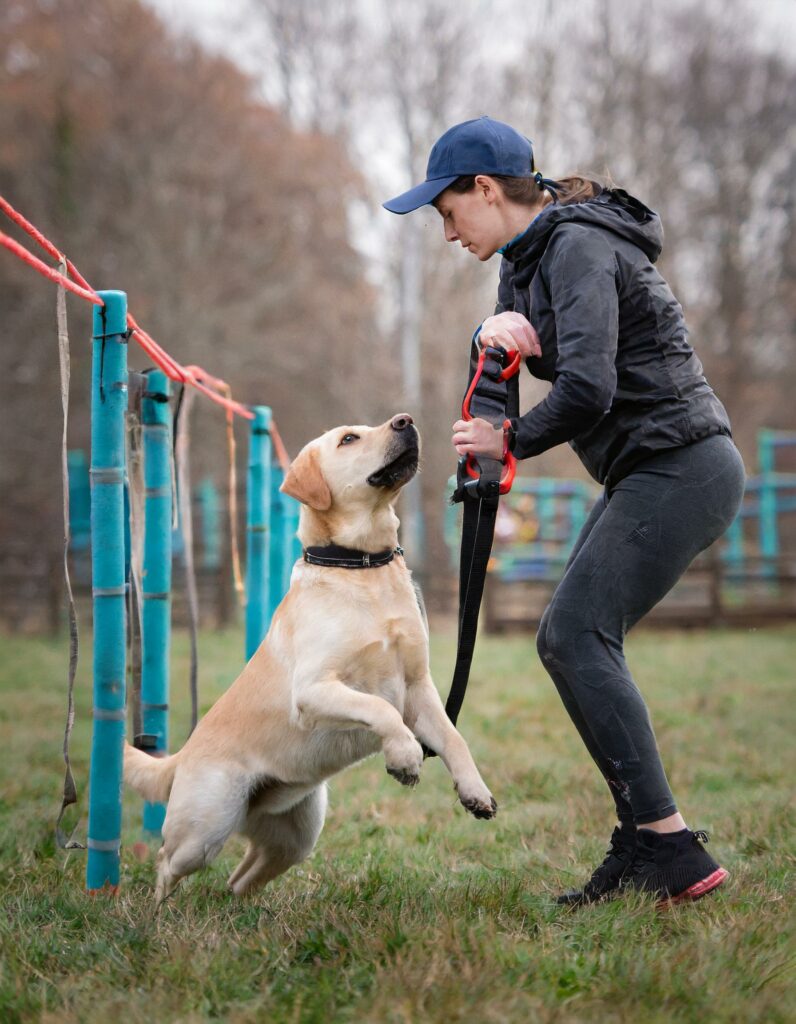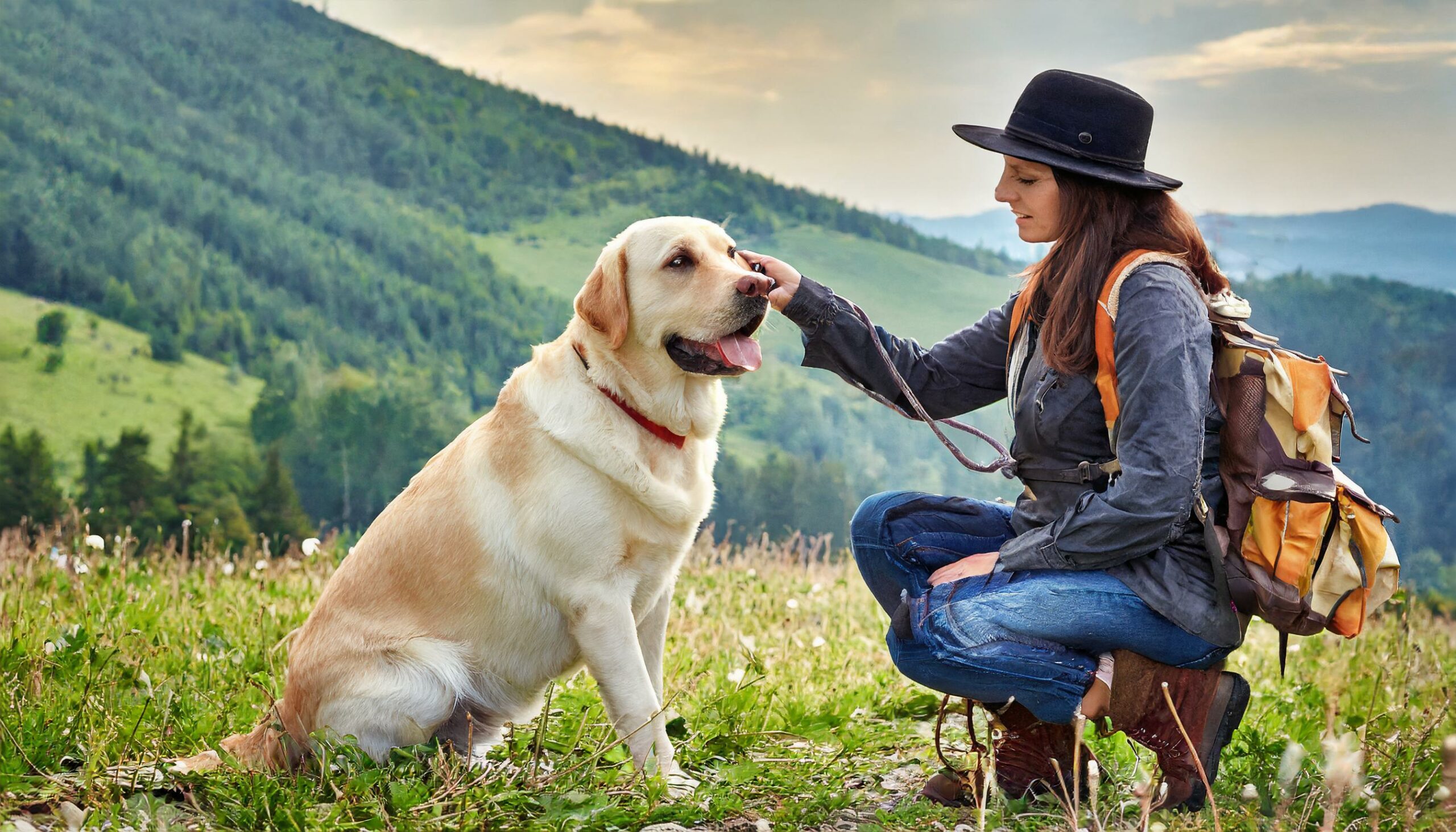Labrador Retrievers, often simply referred to as “Labradors” or “Labs,” are renowned for their loyalty, intelligence, and playful disposition. These qualities make them one of the most popular dog breeds globally. Training a Labrador is not just beneficial but necessary to channel their energy and intelligence into positive behaviors. In this comprehensive guide, we’ll explore effective strategies to train your Labrador, ensuring they grow into well-mannered and joyful companions.
Understanding Labrador Behavior
Understanding the innate behaviors and traits of Labradors is crucial before embarking on a training regimen. Labradors are naturally friendly, outgoing, and highly energetic. They possess an eagerness to please, which can be harnessed effectively in training. However, their zest for life and strong retrieval instincts mean they can be easily distracted. A key to successful training is to keep sessions engaging and rewarding.
Pre-Training Essentials
Before you begin training your Labrador, it’s important to gather the necessary supplies. A sturdy leash, a variety of treats for positive reinforcement, a comfortable crate, and chew toys are essential. Setting up a consistent training schedule is equally important. Puppies, in particular, thrive on routine as it helps them understand expectations and creates a structured environment for learning.
Basic Training Commands
Training your Labrador should start with basic commands. These foundational commands not only teach obedience but also establish a communication line between you and your dog:

- Sit: This is often the first command taught. It helps in controlling your dog’s movement and is useful in many situations.
- Stay: This command is vital for safety and control, teaching your dog to remain in a specific position until released.
- Come: A critical recall command that can prevent dangerous situations and helps manage your dog in off-leash areas.
- Heel: Teaches your dog to walk beside you without pulling on the leash, which is especially useful for Labs given their size and strength.
House Training
House training is another fundamental aspect of bringing a new Labrador into your home. Crate training is an effective method to prevent accidents in the house and helps in teaching your dog to hold their bladder. Establish a strict schedule for feeding and toilet breaks to minimize accidents. Whenever your Labrador successfully goes to the toilet outside, immediately reward them with praise and treats to reinforce the behavior.
Socialization
Early socialization is crucial for any dog, and Labradors are no exception. Expose your Labrador puppy to various environments, sounds, people, and other animals. Proper socialization will help your Labrador develop into a confident and well-adjusted adult dog, reducing anxiety and aggression issues.
Advanced Training Techniques
Once your Labrador has mastered basic commands, you can move on to more advanced training:
- Fetch: Utilize their natural retrieving instincts for games and exercise.
- Agility Exercises: Engage their mind and body fully through obstacle courses.
- Trick Training: Teaching tricks can be a fun way to bond with your Labrador and keep their mind sharp.
Behavioral Issues and Solutions
Labradors are prone to certain behavioral issues like barking, chewing, and jumping up. Consistency is key in correcting these behaviors. Use firm, clear commands and reward desired behaviors. If your Labrador tends to chew, ensure they have enough physical and mental stimulation and appropriate chew toys.
Health and Nutrition
A healthy diet is essential for your Labrador’s physical and cognitive development. Labradors are prone to obesity, so it’s important to monitor their diet closely. Choose high-quality dog food that meets all nutritional requirements and keep treats to a sensible proportion of their diet. Regular exercise is also crucial, as Labradors have high energy levels that need to be managed with adequate physical activity.

Training Challenges
Training a Labrador is not without its challenges. They can be stubborn at times, especially when they find training repetitive or uninteresting. Keep training sessions short, fun, and varied to hold their attention. Patience and consistency are your best tools when facing training setbacks.
Technology and Training
Incorporate technology into your training regimen. There are numerous apps and electronic training aids, like clickers and e-collars, which can enhance traditional training methods. Use these tools judiciously to support positive reinforcement training.
Engaging a Professional Trainer
If you encounter persistent issues or simply want to ensure your Labrador is getting the best training possible, consider hiring a professional dog trainer. A professional can offer personalized guidance and strategies tailored to your Labrador’s unique needs.
Review and Reinforcement
Regularly review your Labrador’s training progress and continuously reinforce learned behaviors. Training is an ongoing process that evolves as your dog matures. Reinforcement ensures that previously taught commands remain sharp and effective.
Conclusion
Training your Labrador Retriever is a rewarding journey that enhances the bond between you and your pet. With patience, consistency, and the right techniques, your Labrador will become a well-behaved member of your family. Remember, the goal of training is to create a happy, healthy, and harmonious environment for both you and your dog.
FAQs
What age should Labrador training begin?
Training should start as soon as you bring your Labrador home, typically around 8 weeks old.
How long does it take to train a Labrador?
Basic training takes a few months, but ongoing training and reinforcement last a lifetime.
Can Labradors be trained as service dogs?
Yes, Labradors are excellent service dogs due to their intelligence and gentle nature.
What are the best rewards for training Labradors?
Food treats, praise, and play are effective rewards for Labradors.
How to deal with a stubborn Labrador?
Increase exercise, vary the training routines, and ensure you are consistent with commands and rewards.
